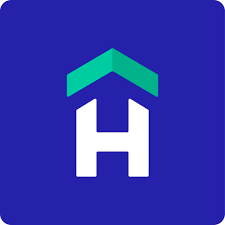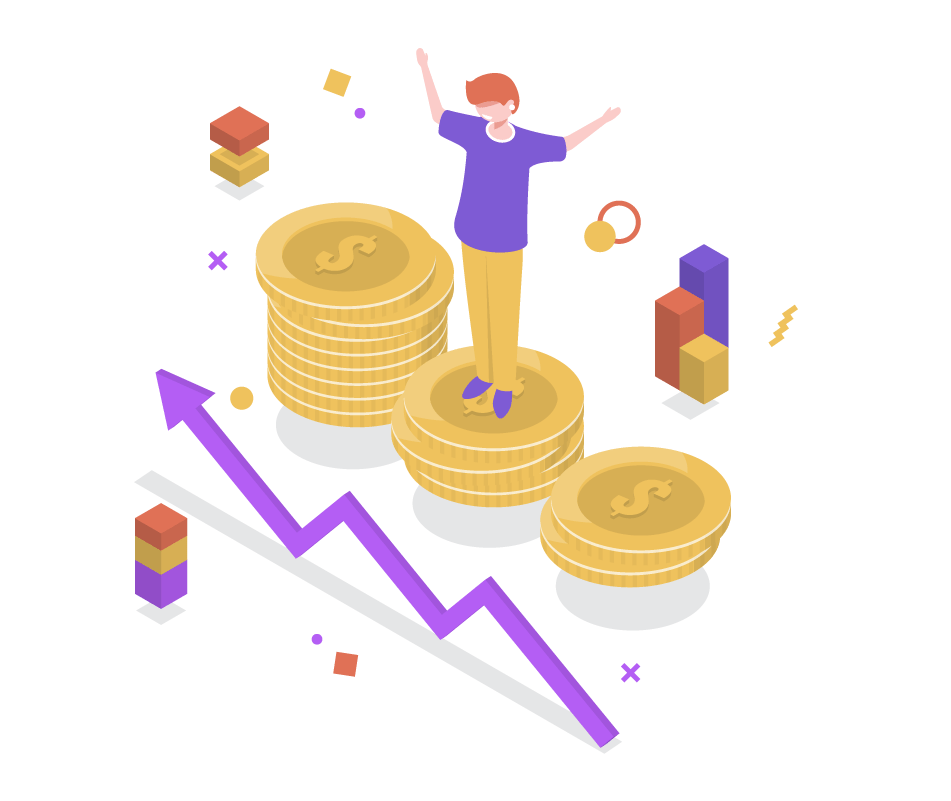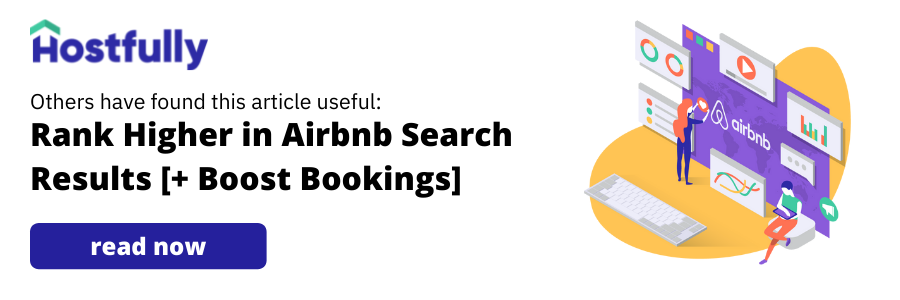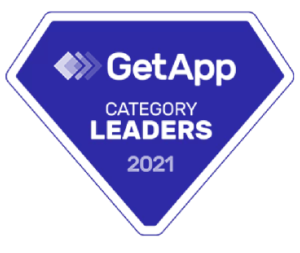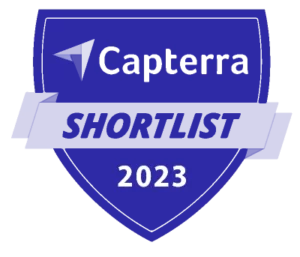Airbnb has been a leading platform in the travel industry for well over a decade. For hosts new to the short-term rental industry, it takes the guesswork out of marketing properties. One of the available features is a mysterious toggle that promises more revenue. But is Airbnb Smart Pricing always the best option?
This article will look at Airbnb Smart Pricing, how it comes up with the nightly rates for each Airbnb listing, the pros and cons, and some better alternatives.
What is Airbnb smart pricing?
When you are setting up your vacation rental, you may find that deciding on pricing can be difficult. After all, to get the most out of your pricing, it should regularly fluctuate to account for seasonal changes, how you measure up to competitors, how much interest your area generates, and many other factors. Thankfully, you don’t need to do this alone, and this is where smart pricing comes into play.
Airbnb Smart Pricing is a built-in tool that analyzes and evaluates data relevant to each property listing. Considering data from numerous sources, Airbnb automatically updates your listing’s price according to market demand, only ever staying within the minimum and maximum prices you have decided. The goal of Smart Pricing is clear: to increase your chances of getting booked.
Activating smart pricing on Airbnb
You can explore the smart pricing feature by clicking on “Pricing” at the top of a listing (in your Airbnb host account) and then clicking on the edit link for “Nightly Price”. You’ll see a circle next to “Smart Pricing,” and clicking on that will activate the feature.
Simple enough, right? Not so fast. Before deciding if this feature is suitable for you, be sure you understand how it works before giving it complete control over your nightly rates.
How does Airbnb calculate its “smart prices”?
The Airbnb Smart Pricing tool generates a recommended optimum price for you based on numerous factors related to your property. When looking through these factors, remember that Airbnb’s goal is to deliver the optimal experience to the guest. When you look at the factors below, you’ll see that a lot of what the algorithm does is to try and figure out how a guest perceives value. With that said, here are the variables that affect the price:
1. The amenities that your Airbnb property offers
Airbnb Smart Pricing takes into account what your listing offers. The more you offer, the higher the tool will list your property. This makes sense from a guest’s perspective too. Properties that offer more are generally more expensive to rent. Note that providing many amenities also impacts where Airbnb lists your property in search results.
2. Demand in the local area
If demand is high in your property’s area, Airbnb will increase your listing price. For example, if you live in a seasonal tourist area, prices will generally increase during the busy season.
3. The number of views your listing receives and your average rating
Airbnb Smart Pricing calculates the optimum cost of your listing based on the number of views you receive and the quality of reviews from previous guests. Here, Airbnb tries to mimic users’ appeal for certain types of properties. If a listing description generates a lot of interest based on a snappy title, great photos, and solid reviews, it probably means that guests would be willing to pay more for it.
4. The type of room or property you have
The Smart Pricing tool also considers the type of rental you offer. For example, if it has an ensuite bathroom, balcony, or great views, it all factors into Airbnb’s recommended price.
5. The availability of your listing
The more calendar availability your listing has, the higher your recommended price point will be. It makes sense from Airbnb’s viewpoint. If the property is available year-round, it’s probably managed by a professional host rather than someone listing it as a side hustle. This translates to a better guest experience, which warrants a higher price.
6. Other searches for listings like yours
Airbnb takes searches for properties like yours into account when they calculate your listing price. Your recommended price will be higher if your listing comes under a popular search category.
How does smart pricing interact with your other price settings?
- With Smart Pricing, you will set a minimum price which means that the prices set by the algorithm will not go below this value.
- If Smart Pricing is turned on, your weekend price setting will not be used, so be aware of that.
- Extra guest fees & cleaning fees will be applied to your listing the same way whether Smart Pricing is turned on or not.
- The same is true for weekly or monthly discounts.
Is Airbnb smart pricing right for you?
On paper, the Airbnb Smart Pricing tool seems almost perfect. However, many hosts have reported several disadvantages with the tool. We have outlined the pros and cons to help you decide if Smart Pricing is the right Airbnb pricing strategy for you.
Pros…
- You have control over the minimum and maximum listing prices: since you select a minimum and maximum price for your listing, the algorithm will never go outside of that range. So while Airbnb will automatically change your listing price, you’ll still be able to list profitably while increasing your earnings.
- Airbnb pricing generates price tips that are based on real-time metrics: Airbnb’s Smart Pricing is related to real-time trends and patterns that the tool finds within your specific market. Your price will change based on patterns specific to your listing. So if a popular band announces a concert in your area and prices surge, you’ll profit from that instantaneously.
- The pricing can give you a competitive edge: Given that prices fluctuate based on market demands, you’ll have the advantage over local competitors who don’t adjust prices in real-time. If your price is too high, Airbnb will lower it so that your vacancy rate stays under a certain threshold.
Cons…
- Airbnb smart pricing tends to set too low: If you’re just starting as a vacation rental manager, this can be a great way to boost your listing, get early reviews, and rake in the bookings. But, once you are more established and have a higher footfall, these low prices can cost you. This is because the Smart Pricing tool doesn’t take wear and tear into account. So while your vacancy rate may be lower, you might run into higher maintenance expenses. Not to mention that reaching a 100% occupancy rate can mean you’re leaving money on the table.
- The Airbnb Smart Pricing tool does not differentiate between higher or lower quality listings: So, for example, your listing will most likely receive a similar price recommendation to other listings with the same specs, even if your apartment is better situated or if you offer a great experience.
- It does not forecast seasonal trends or local events and holidays: In its calculations, the Airbnb Smart Pricing does not anticipate the time of year, local holidays or events, and high/low seasons. Rather, it responds in real-time to market fluctuations. This can have a massive effect if your property tends to be the first to get booked during a surge.
What are the alternatives to using Airbnb smart pricing?
Perhaps Airbnb Smart Pricing doesn’t sound like the right tool for you or your properties, but what are the alternatives?
- Set the prices yourself: There is always the option to conduct your own research and set your own prices. This will allow you to adjust your pricing based on your own opinions and findings, but it will also enable you to get a better understanding of the market you are working within. However, this is time-consuming, especially if you have multiple properties. And your own research will be beneficial, but it will struggle to account for market fluctuations.
- Use dynamic pricing applications: If you still want to use algorithms to help your pricing, consider dynamic pricing apps offered by a third party. Dynamic pricing apps are a supercharged version of the Airbnb Smart Pricing algorithm. Most importantly, they maximize profit for you, rather than serving Airbnb’s goal of maximizing value for the guest. Dynamic pricing apps consider all the variables Airbnb does, but it goes one step further. For starters, the apps look at how your local competitors respond to seasonal changes. The apps also tend to look at past trends in an area to predict future market prices. In the example of a ski resort town, dynamic pricing will adjust the nightly rates before guests start booking, compared to Airbnb’s option that will do it in real-time in response to increased bookings. Ultimately, you’ll learn more revenue through your Airbnb business.
Dynamic pricing vs Airbnb’s smart pricing
Airbnb’s Smart Pricing does some of the work dynamic pricing tools do, but it doesn’t go very far. So, let’s look at the advantages dynamic pricing has over Airbnb’s Smart Pricing.
- More control: Dynamic pricing goes a step beyond setting a maximum and minimum rate. You can adjust your optimization to consider owner holds, downtime for maintenance and repairs, and a slew of other variables. That granularity can end up making a big difference to your bottom line.
- Extend to different platforms: Dynamic pricing applications allow you to extend your pricing optimizations into Vrbo, Booking.com, and other channels. So, if you plan on enhancing your marketing (and you should), going with dynamic pricing is a better move than sticking with just one platform, i.e. Airbnb.
Top dynamic pricing apps
What do we recommend if a dynamic pricing app seems like the best way to go for you? We’re so glad you asked! Here are some of our favorites.
Beyond Pricing
Beyond is a revenue management platform for short-term rental managers and owners that helps you receive, grow and retain revenue. This platform is easy to use and includes a dynamic and demand-driven pricing tool. Beyond also boasts extensive market data, OTA distribution, and a top-quality booking engine. It also offers personalized industry insights based on your unique property portfolio.
Beyond takes a percentage of the income for its services, meaning that this is the best option for property managers who charge a set minimum fee from the property owners, since the profit lands in your pocket. Beyond is perhaps not the best option for those managers who charge their clients a percentage of the income. That said, in recent months, Beyond has added flex pricing so that managers and property owners can choose the best model for their business.
PriceLabs
PriceLabs is one of the most innovative and easy-to-use revenue management tools for the vacation and short-term rental industry. The PriceLabs team has years of experience in revenue management, travel, and the analytics industry, bringing all of this together to ensure you get your best possible rates.
This platform allows you to easily manage your listing’s pricing and availability with its user-friendly software. It also offers several handy integrations. What is great about PriceLabs is that it is easy to streamline your vacation rental management, guaranteeing that your rates are optimized across all channels. PriceLabs takes a flat rate for its services.
Wheelhouse
Wheelhouse is the only revenue management platform that allows you to build a customized pricing strategy that aligns with the unique goals you have for each of your properties. It dynamically updates your pricing daily, using top, demand-driven data to make sure you’re always strategically priced to earn more in the high season and book more in the low season. In addition, Wheelhouse gives you a choice between a percentage fee or a flat fee, easily selecting the model that works best for you and your property.
DPGO
DPGO is a dynamic pricing tool designed specifically for Airbnb hosts, listing managers, and property owners. DPGO sets the right prices daily for your Airbnb properties based on the continuous analysis of your competitors, target market demand, and 900+ other parameters essential for your listings’ success.
Wrapping up
If you want to maximize the revenue on your vacation rental properties, dynamic pricing is essential. Airbnb Smart Pricing tools may work well, particularly when starting out. However, dynamic pricing apps are the best option for more streamlined control across multiple channels and are available in various formats for different income models.
